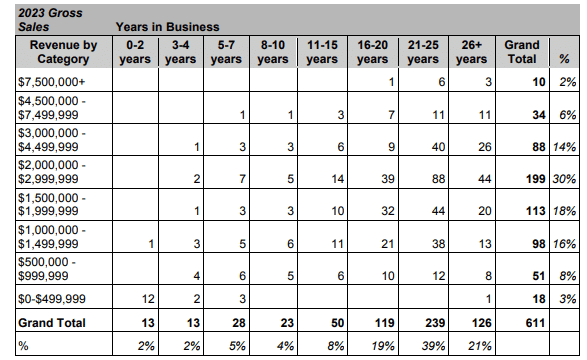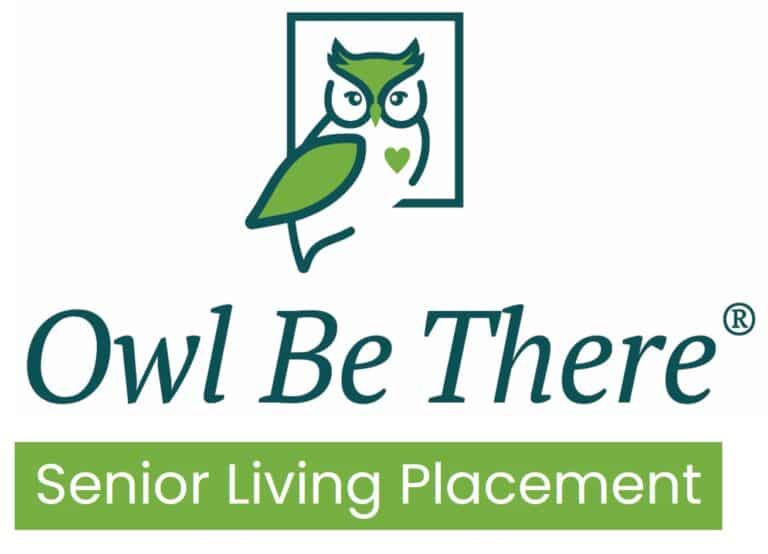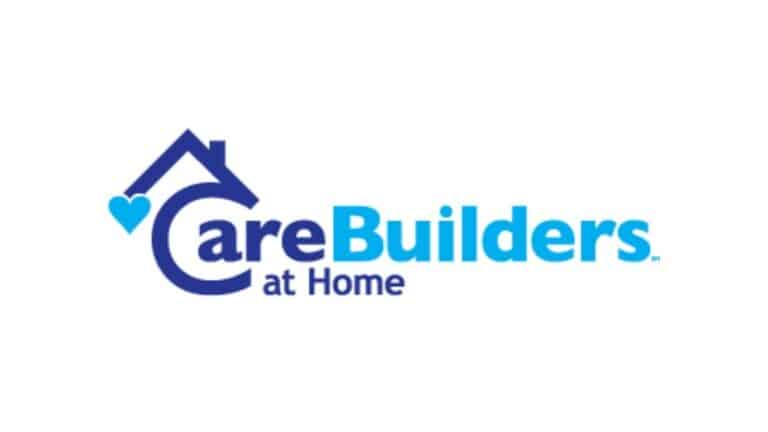Home Instead Franchise FDD, Profits & Costs (2025)

Home Instead Senior Care was founded in 1994 by Paul and Lori Hogan in Omaha, Nebraska. The franchise started in 1995 and has since expanded to over 1,200 locations across 13 countries. It offers non-medical care, helping seniors maintain independence at home.
The franchise provides companionship, personal care, and daily activity assistance, making it a trusted resource for aging adults and their families. Home Instead stands out for its blend of high-tech and personal touch services.
In 2021, Home Instead partnered with Honor, integrating the Honor Care Platform. This technology optimizes operations, reduces caregiver turnover, and enhances client service.
Initial Investment
How much does it cost to start a Home Instead Senior Care franchise? It costs on average between $98,000 – $125,000 to start a Home Instead Senior Care franchised business.
This includes costs for construction, equipment, inventory, and initial operating expenses. The exact amount depends on various factors, including the type of facility you choose, the location, and whether the franchisee chooses to lease or purchase the property.
| Type Of Expenditure | Amount |
|---|---|
| Initial Fee | $54,000 |
| Operating Software – 3 Months | $0 – $500 |
| Training and Living Expenses while Training | $1,000 – $1,500 |
| Real Estate & Expenses | $1,500 – $3,500 |
| Equipment | $3,000 – $5,000 |
| Signs | $1,000 – $5,000 |
| Miscellaneous Opening Costs, including insurance deposit | $10,000 – $20,000 |
| Inventory | $1,000 – $2,000 |
| Advertising – 3 Months | $1,000 – $5,000 |
| Additional Funds – 6 Months | $40,000 – $60,000 |
| Total | $112,500 – $156,500 |
Average Revenue (AUV)
How much revenue can you make with a Home Instead Senior Care franchise? A Home Instead Senior Care franchised center makes on average $1,912,000 in revenue (AUV) per year.
Here is the extract from the Franchise Disclosure Document:

This compares to $751,000 yearly revenue for similar in-home care franchises. Below are 10 Home Instead Senior Care competitors as a comparison:

Download the Franchise Disclosure Document
Frequently Asked Questions
How many Home Instead Senior Care locations are there?
As of the most recent data, Home Instead Senior Care operates 613 franchised locations and 3 company-owned locations in the U.S.
What is the total investment required to open a Home Instead Senior Care franchise?
The total investment required to open a Home Instead Senior Care franchise ranges from $98,000 to $125,000.
What are the ongoing fees for a Home Instead Senior Care franchise?
For a Home Instead Senior Care franchise, the ongoing royalty fee ranges from 4% to 7% of gross sales, as specified in the franchise operations manual.
Additionally, franchisees are required to pay a marketing fee, which is 2% of monthly gross sales. These fees contribute to the support and promotion of the Home Instead brand, as well as access to various resources and systems provided by the franchisor.
What are the financial requirements to become a Home Instead Senior Care franchisee?
The financial requirements to become a Home Instead Senior Care franchisee typically include a minimum net worth of around $250,000 and liquid capital of approximately $59,000 to $125,000.
These figures are designed to ensure that potential franchisees have the necessary financial capacity to invest in the business, cover initial costs, and support ongoing operations effectively.
How much can a Home Instead Senior Care franchise owner expect to earn?
The average gross sales for a Home Instead Senior Care franchise are approximately $1.91 million per location. Assuming a 15% operating profit margin, $1.91 million yearly revenue can result in $286,500 EBITDA annually.
Who owns Home Instead Senior Care?
Home Instead Senior Care is owned by Honor Technology, Inc. In 2021, Honor acquired Home Instead, bringing together its technology-driven approach to care management with Home Instead’s extensive franchise network in senior home care services.
Disclaimer
Disclaimer: This content has been made for informational and educational purposes only. We do not make any representation or warranties with respect to the accuracy, applicability, fitness, or completeness of the information presented in the article. You should not construe any such information or other material as legal, tax, investment, financial, or other professional advice. Nothing contained in this article constitutes a solicitation, recommendation, endorsement, advertisement, or offer to buy or sell any franchises, securities, or other financial instruments in this or in any other jurisdiction in which such solicitation or offer would be unlawful under the franchise and/or securities laws of such jurisdiction.
All content in this article is information of a general nature and does not address the detailed circumstances of any particular individual or entity. Nothing in the article constitutes professional and/or financial and/or legal advice, nor does any information in the article constitute a comprehensive or complete statement of the matters discussed or the law relating thereto. You alone assume the sole responsibility of evaluating the merits and risks associated with the use of any information or other content in this article before making any decisions based on such information or other content.




